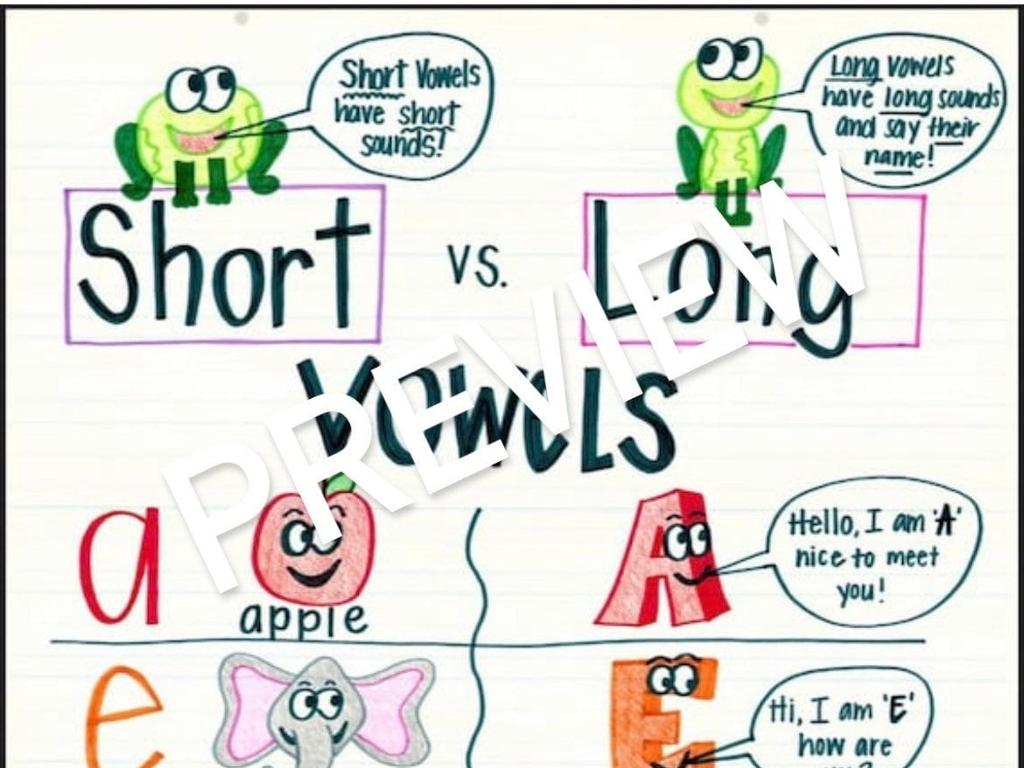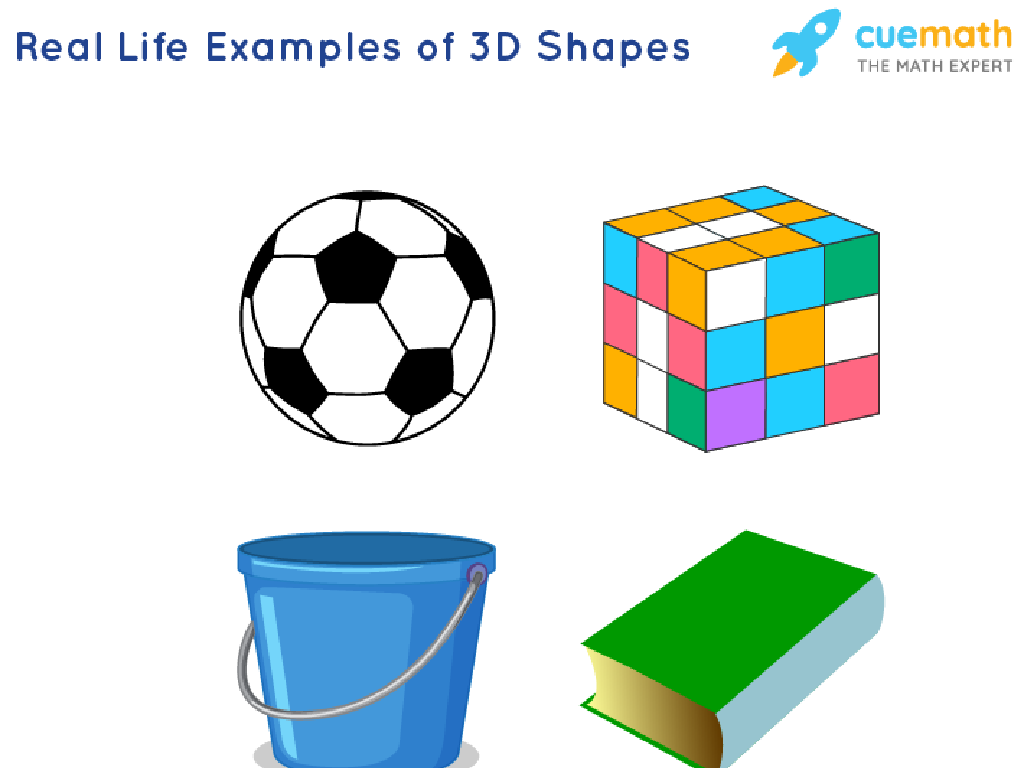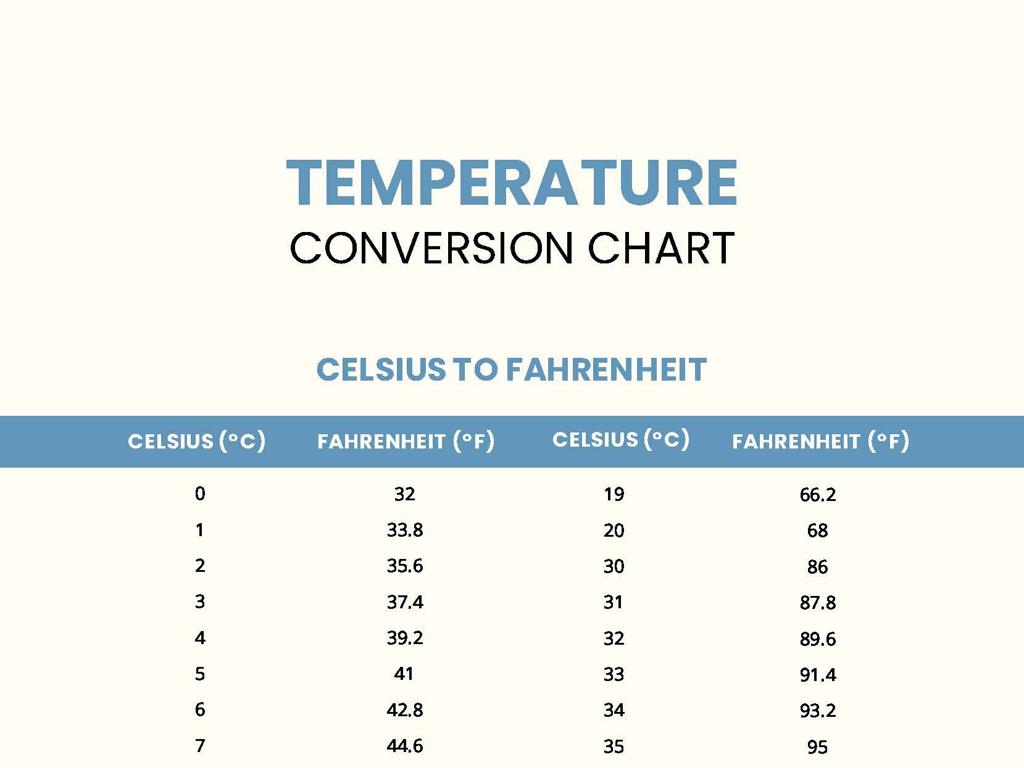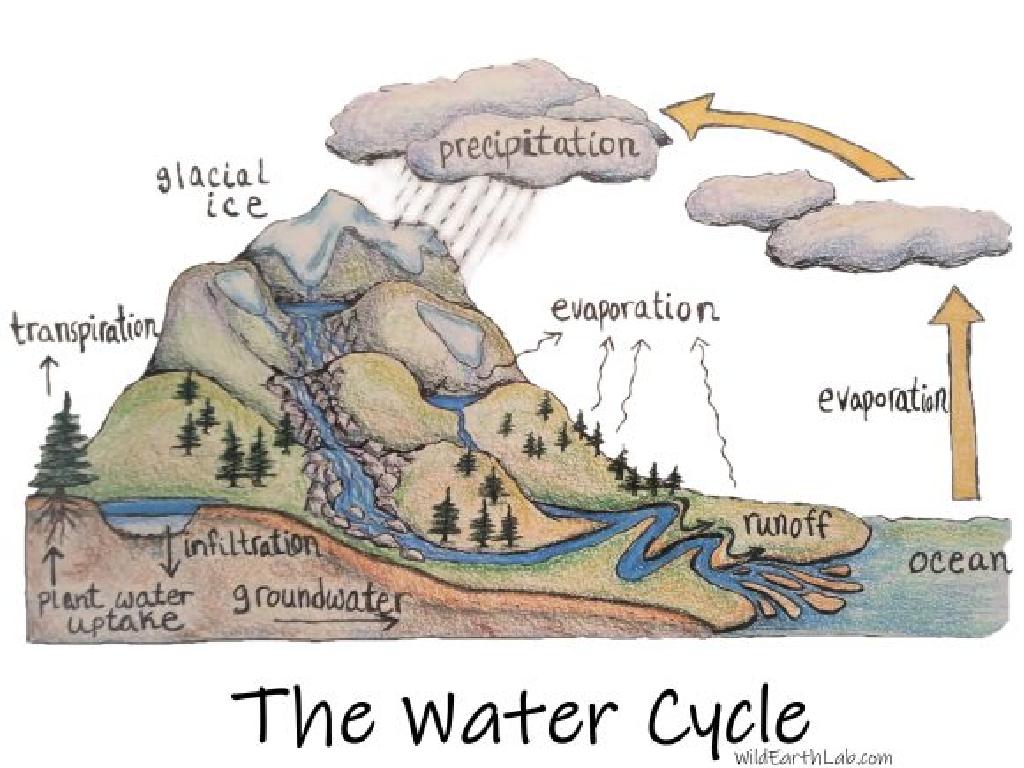Two-Step Addition And Subtraction Word Problems - Up To 100
Subject: Math
Grade: Second grade
Topic: Mixed Operations Word Problems: Two Digits
Please LOG IN to download the presentation. Access is available to registered users only.
View More Content
Today’s Adventure: Two-Step Problems!
– Explore two-step problems
– Addition and subtraction basics
– Combining and taking away items
– Work with numbers up to 100
– Counting within a larger range
– Practice with examples
– Solve problems like: ‘You have 70 stickers, you buy 20 more, then give 15 to a friend. How many do you have now?’
|
This slide introduces students to the concept of two-step word problems involving addition and subtraction within the range of 100. Begin by explaining that two-step problems require two operations to find the solution. Review the basics of addition as combining items and subtraction as taking items away. Emphasize the importance of understanding these operations within the context of larger numbers, up to 100. Provide clear examples and encourage students to visualize the problems with real-life scenarios, such as dealing with money or counting objects. The goal is to build their confidence in solving two-step problems and to prepare them for practice during the lesson. For the activity, consider having students create their own two-step problems to solve in pairs, use manipulatives to represent the problems physically, or draw illustrations to depict the scenarios.
Understanding Two-Step Problems
– Two actions in one problem
– Add first, then subtract
– If you have 3 apples and get 5 more, how many now?
– Subtract first, then add
– From your total, if you give 2 away, what’s left?
– Practice with an example
– Let’s solve: 3 apples + 5 apples – 2 apples = ?
|
This slide introduces the concept of two-step word problems to second-grade students. Emphasize that a two-step problem requires them to perform two mathematical operations in sequence. Use the example provided to walk through the process step by step. Start with the first action, adding 5 apples to the initial 3, and then move to the second action, subtracting 2 apples from the total. Encourage students to visualize the problem with actual objects or drawings to aid their understanding. After explaining, give students similar problems to solve, ensuring they understand the sequence of operations. This foundational skill will help them tackle more complex problems in the future.
Understanding Addition: Let’s Add Things Up!
– Addition means combining things
– Use objects or drawings to add
– Count apples or draw dots to visualize addition
– Adding with fingers can be fun
– Show 5 fingers plus 3 fingers equals 8 fingers
– Solve a story problem together
– ‘If you have 2 cookies and get 3 more, how many now?’
|
This slide introduces the concept of addition to second graders by explaining it as a process of combining things together. Encourage students to use tangible objects like toys or drawings to visualize the addition process. Using fingers is also a great way for kids to understand addition because it’s interactive and fun. To apply this concept, present a simple story problem that they can relate to, such as combining cookies or toys, and solve it as a class. This will help them grasp the idea of addition in a practical and engaging way. Make sure to walk through the problem step by step, and ask students to explain their thought process.
Understanding Subtraction: Taking Away
– Subtraction means taking away
– Count backwards to subtract
– If you have 10 and take away 2, count back: 10, 9, 8
– Cross out objects to subtract
– Draw 10 apples, cross out 2, and count what’s left
– Story example: Subtracting apples
– Imagine 10 apples; if 2 are eaten, how many are left?
|
This slide introduces the concept of subtraction as a means of taking away. It’s important to use simple and relatable examples for second graders, such as counting backwards or visually crossing out items. For instance, use a story about apples to make the concept more engaging. You could say, ‘You have 10 apples, and you give 2 to a friend. How many apples do you have now?’ Encourage students to visualize the apples and use their fingers to count backwards from 10 to find the answer. This method helps solidify the concept of subtraction by making it tangible and relatable.
Let’s Practice Together: Balloon Word Problem
– Start with 10 balloons
– Emma buys 20 more balloons
– She gives 15 balloons to a friend
– How many balloons left?
– Use addition and subtraction to solve
|
This slide is a class activity designed to help students practice two-step addition and subtraction word problems. Present the problem in a relatable context, such as Emma’s balloons. Walk the students through the problem step by step. First, add the number of balloons Emma starts with to the number she buys. Then, subtract the number of balloons she gives away. This will give the final count of balloons. Encourage students to visualize the problem with actual balloons or drawings if possible. Activities can include: 1) Role-playing Emma’s balloon purchase and sharing, 2) Using physical counters to represent the balloons, 3) Drawing the problem on the board, 4) Working in pairs to solve similar problems, 5) Discussing different methods to find the solution.
Key Words in Math Word Problems
– ‘Altogether’ and ‘in total’ mean add
– Use these words to know when to add numbers
– ‘More’ also signals addition
– When you see ‘more’, think of adding to what you already have
– ‘Left’ and ‘after’ suggest subtraction
– These words often mean something is being taken away
– ‘Fewer’ means to subtract
– Like ‘left’, ‘fewer’ tells us some things are gone
|
This slide is aimed at helping second-grade students recognize key words in word problems that indicate whether to add or subtract. Words like ‘altogether’, ‘in total’, and ‘more’ suggest addition, while ‘left’, ‘after’, and ‘fewer’ imply subtraction. Use examples to illustrate this: ‘If you have 3 apples and get 2 more, how many do you have altogether?’ (addition). ‘If you have 5 candies and eat 2, how many are left?’ (subtraction). Encourage students to underline these key words in word problems and decide the operation based on them. This will prepare them for a class activity where they will identify key words in word problems and solve them.
Your Turn to Solve: Story Problems
– Listen to the story problem
– Find key words for clues
– Words like ‘total’ or ‘in all’ might mean add, ‘left’ could mean subtract
– Decide if you add or subtract
– Use the clues to choose the right operation for the problem
– Work together and draw it out
– Share ideas with your partner and use pictures to visualize the problem
|
This slide is designed to engage students in a collaborative and interactive problem-solving activity. Read a story aloud to the class that contains a two-step addition or subtraction problem. Encourage students to listen carefully for key words that indicate whether they should be adding or subtracting. Remind them to look for words like ‘altogether’ for addition or ‘remaining’ for subtraction. Students should work in pairs to discuss their thoughts and use drawings to represent the problem visually, which can help them better understand the steps they need to take to solve it. Provide guidance on how to break down the problem into two steps and solve it sequentially. After the activity, discuss as a class the different strategies used and how the drawings helped in finding the solution.
Class Activity: Math Storytellers
– Create a two-step word problem
– Exchange problems with a friend
– Solve your friend’s math story
– Share stories and answers in class
|
This activity is designed to engage students in creating and solving two-step addition and subtraction word problems. Encourage students to think creatively and come up with a short story that involves a scenario requiring two mathematical operations. After writing their problems, they will swap with a classmate to challenge each other. This peer-to-peer interaction helps reinforce their understanding of the concepts. As a teacher, prepare to guide them through the problem-creation process, ensuring the problems are solvable within the 100 limit. Have a few examples ready for students who might struggle with starting their stories. During the sharing session, highlight the importance of clear mathematical communication and the steps taken to reach the solution. This will not only help with their math skills but also enhance their storytelling abilities.
Review and Reflect: Two-Step Problems
– Understanding two-step problems
– We learned to solve problems with two steps using addition and subtraction.
– Daily use of addition and subtraction
– We can use these skills when shopping or saving money.
– Sharing our lesson highlights
|
This slide aims to consolidate the day’s learning by reflecting on the key concepts of two-step addition and subtraction word problems. Encourage students to think about how they solved problems that required more than one step and to recognize the sequence of operations needed. Discuss practical applications of these math skills in everyday life, such as making purchases or managing allowances. Finally, create an interactive environment where students can share what they enjoyed most about the lesson, fostering a positive learning experience and reinforcing their understanding through peer discussion. This reflection will help students see the value of math in real-world contexts and build their confidence in problem-solving.






